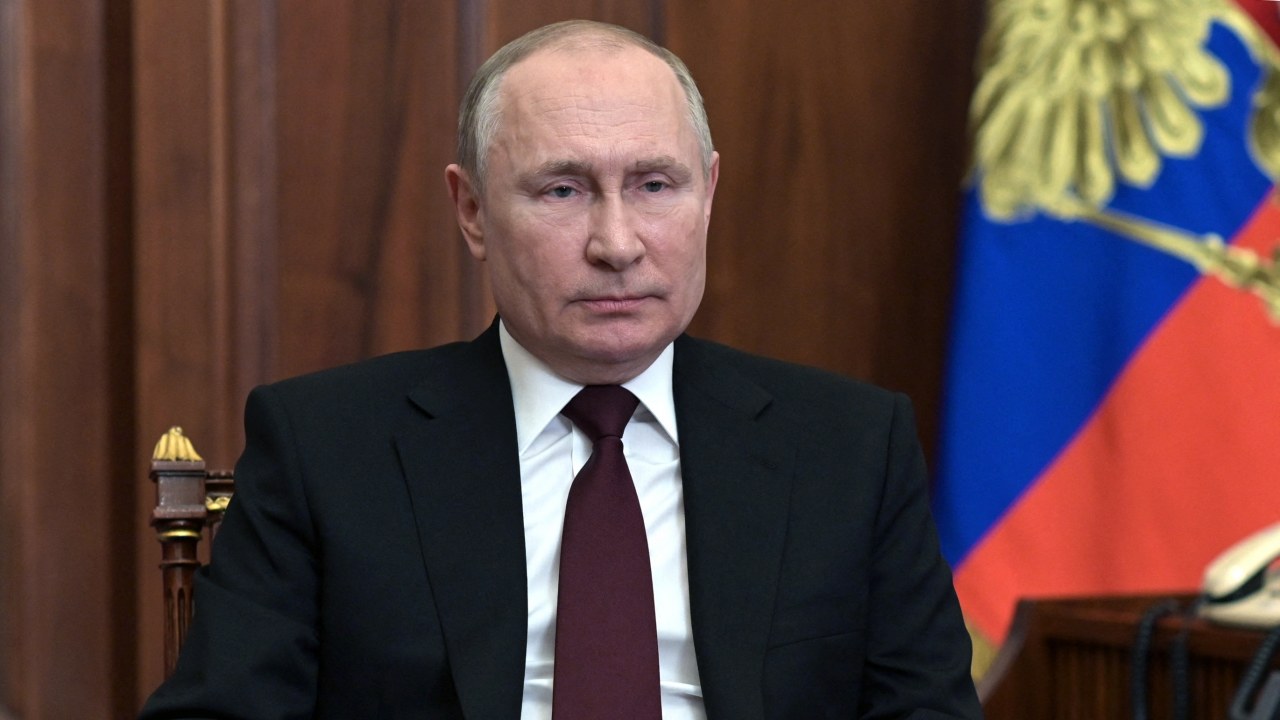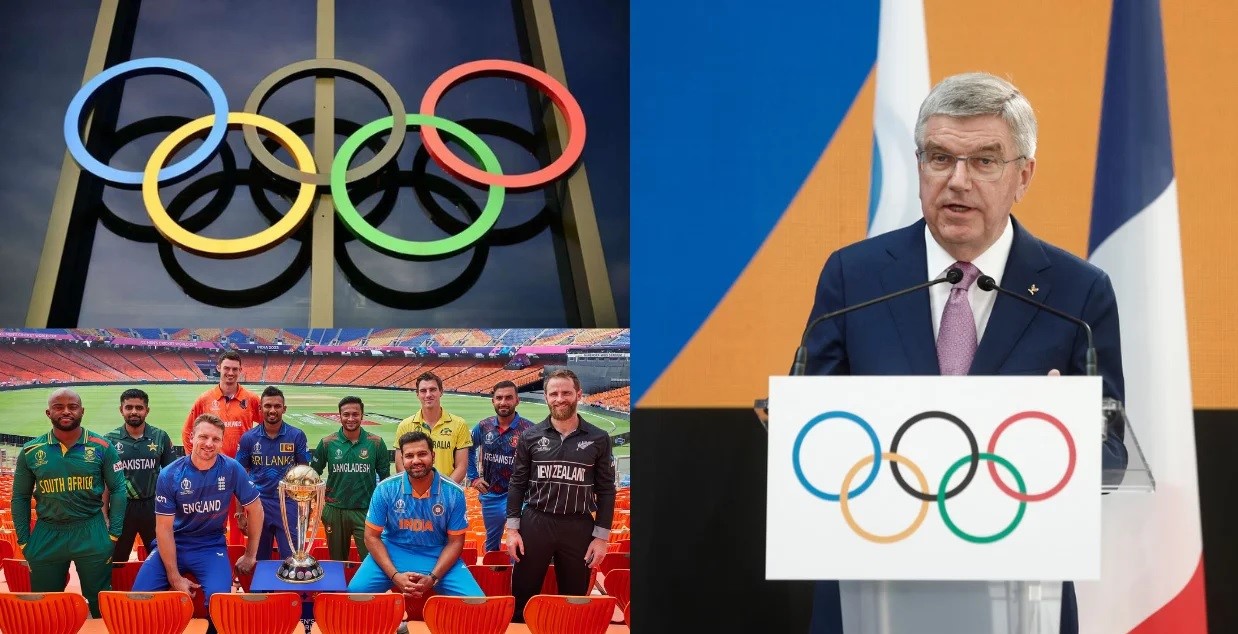
The speed of some of the passing automobiles on the Delhi-Mumbai expressway, which exceeds 200 kph, concerns officials. After learning from a recent survey that vehicles, particularly high-end luxury and sports cars, frequently exceeded the 120 kilometres per hour (kmph) limit on the Delhi-Mumbai Expressway, the National Highways Authority of India (NHAI) has started a speed calming exercise on the 246km Sohna-Dausa stretch in an effort to prevent serious accidents.
A survey conducted over the preceding 20 days, according to NHAI authorities, showed that every day, about 600 vehicles were exceeding the speed limit.
They asserted that these violations were discovered by the high speed detection automatic number plate cameras that had been installed at every kilometer of the motorway.
To the surprise of the NHAI inspectors, 40 vehicles were recorded traveling faster than 180 kph, and one even hit 249 kph.
According to the highway management, 22,000 vehicles utilize the Delhi-Mumbai Motorway each day on average, and this number is steadily rising.
According to Mukesh Kumar Meena, project director for the Delhi-Mumbai Motorway (Sohna-Dausa section), the National Highway Traffic Safety Administration (NHAI) will soon connect its vehicle accident database with the Haryana traffic police headquarters in Karnal through a National Informatics Centre (NIC) link and share data of violations for criminal prosecution and speed limit enforcement.

Also read: Singapore is known as the city where owning a car is the most expensive.
Safety Concerns :
“We are concerned about how often cars exceed the speed limit since this can result in tragic incidents. It has been determined that NHAI would soon begin sharing data with the Haryana traffic police from its vehicle speed detection system, allowing for severe, real-time enforcement and the automatic issuance of fines to violators.
The Haryana traffic police will soon receive information on those who broke the law over the past 20 days, he stated, adding that this information was also being prepared.
Tragic accident involving the Rolls Royce and Mercedes on the Delhi-Mumbai road
“We have seen serious and fatal accidents brought on by speeding, and we want to make sure that drivers adhere to the rules and operate their vehicles safely,” he said.
Two persons were killed in August of this year when a Rolls Royce Phantom traveling at around 200 kph collided with a petrol truck in Nuh on the Delhi-Mumbai Expressway. The NHAI claims that the Rolls was driving too fast.
On September 5, a resident of Faridabad was killed in a sad accident when his Mercedes crashed with a milk tanker on the Delhi-Mumbai Expressway while he was traveling back from Karoli in Rajasthan. Highway inspectors claim that speeding also contributed to this disaster.
According to Meena, the Gurugram traffic police have parked an interceptor vehicle on the highway that frequently performs inspections and issues fines. “Traffic police team is also deployed for enforcement and to catch violators,” the man said.
According to NHAI authorities, high-end luxury and sports cars with incredibly powerful engines that can achieve very high speeds in a matter of seconds make up the majority of the vehicles that have been stopped for speeding.
According to Meena, the vehicle speed monitoring system is currently operational in two of the motorway’s five sections along its 246 km length from Sohna to Dausa. To ensure that it is operational in all five phases of the road as quickly as possible, work is speeding up.
Meena said that they will launch awareness campaigns against speeding and parking infractions and that “the high-end vehicle owners should understand that bulky trucks and slow moving vehicles also move on this expressway and that maneuvering cars at high speeds can put many lives at risk.” Similar events occurred all around India.
Anurag Kulshreshta, founder and CEO of Trax, a road safety NGO, claims that a lack of enforcement is the primary reason why people speed.
On the Nagpur-Shirdi Expressway and the Mysore-Bengaluru Expressway, where speeding has led to a lot of fatalities, he mentioned similar cases where this was the case.
“There is immediate need to boost enforcement and the police need to seize vehicles that are caught speeding. This was done on Mysore highway and the problem of speeding is resolved. Also, the erroneous perception that the expressway will help one reach Mumbai in 12 hours prompts many to drive faster to reach there in even less time,” he stated.


































































































































































































































































































































































































































































































































































































































































































































































































